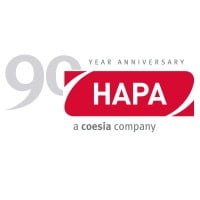
Fresh Juice Global
Sensor Industries is a leading Internet of Things company bringing new operational efficiency, increased Net Operating Income and water and energy conservation to owners and residents of multifamily communities and commercial properties. Our proprietary SI-Mesh wireless network is specifically designed to power networks of sensors capable of monitoring a wide array of environmental conditions and building systems’ performance. Access to this vital data lowers costs, reduce risks, and provides new revenue opportunities to the property owners while simultaneously enhancing the occupancy experience for the tenants.






